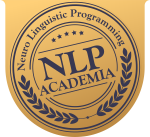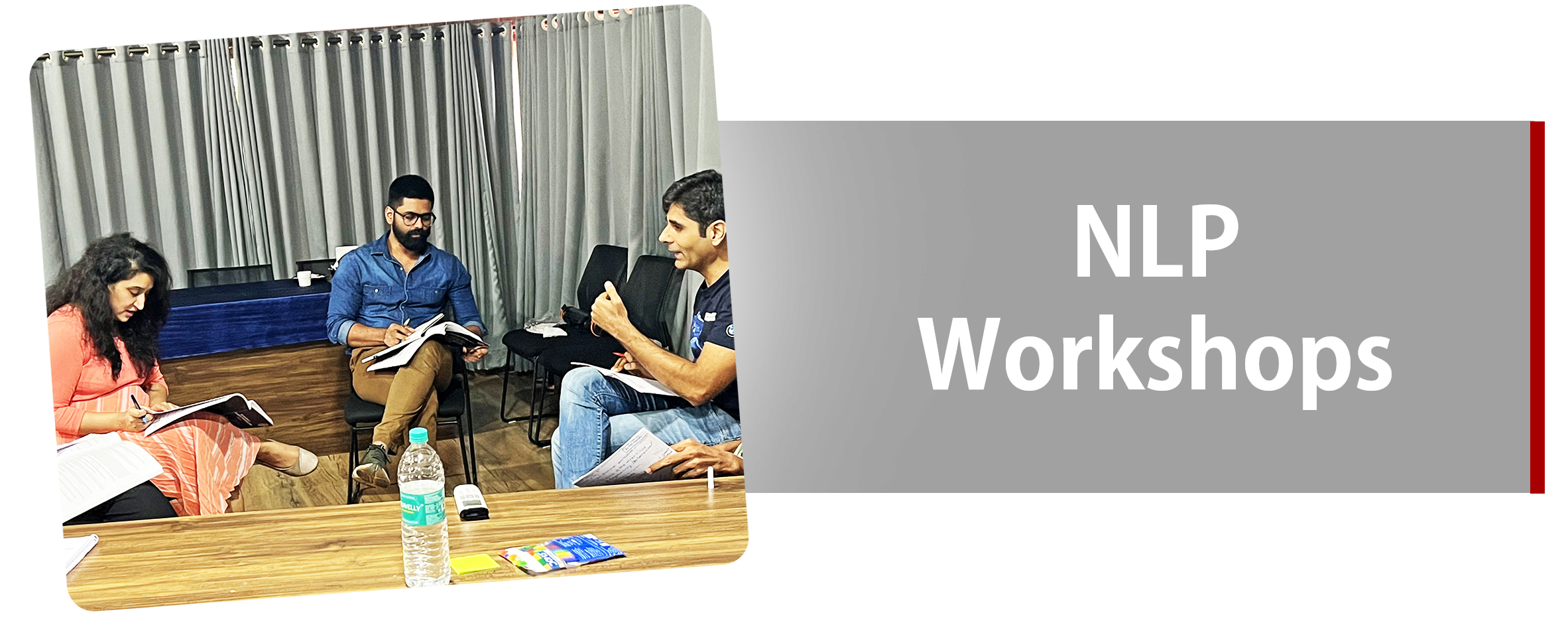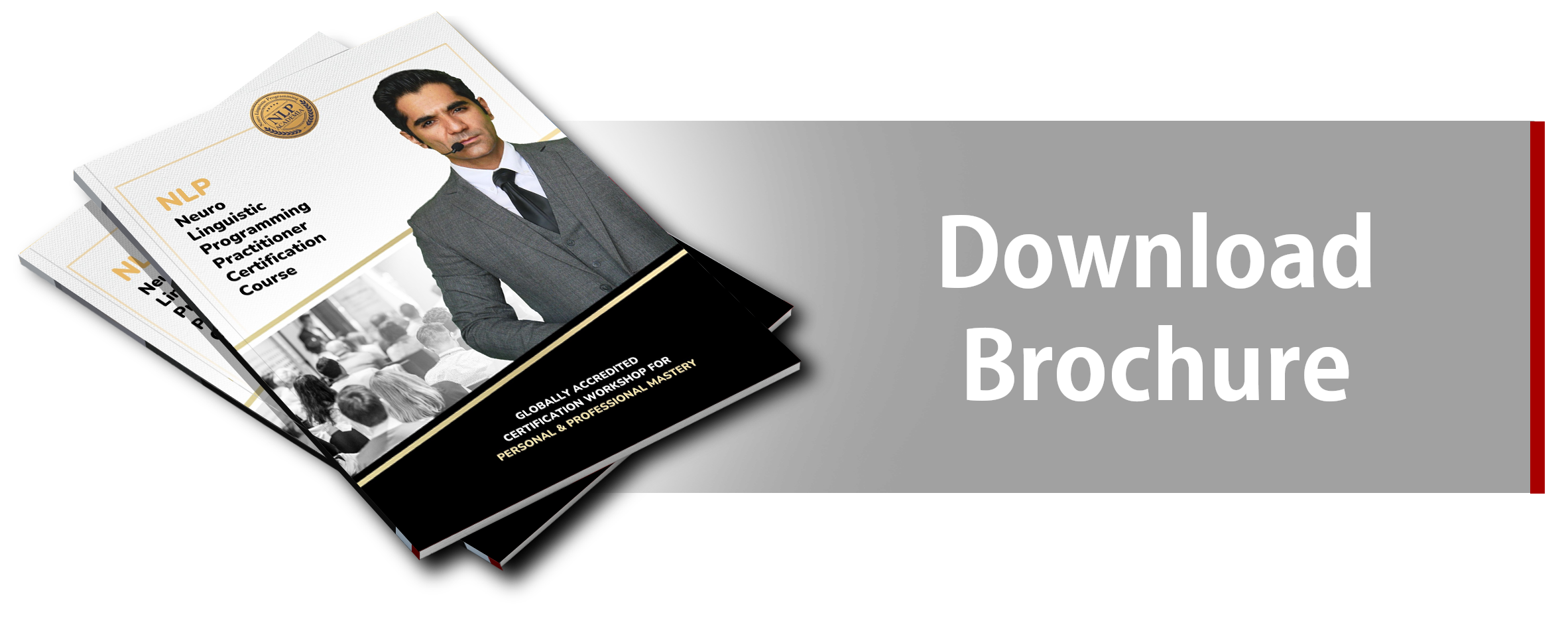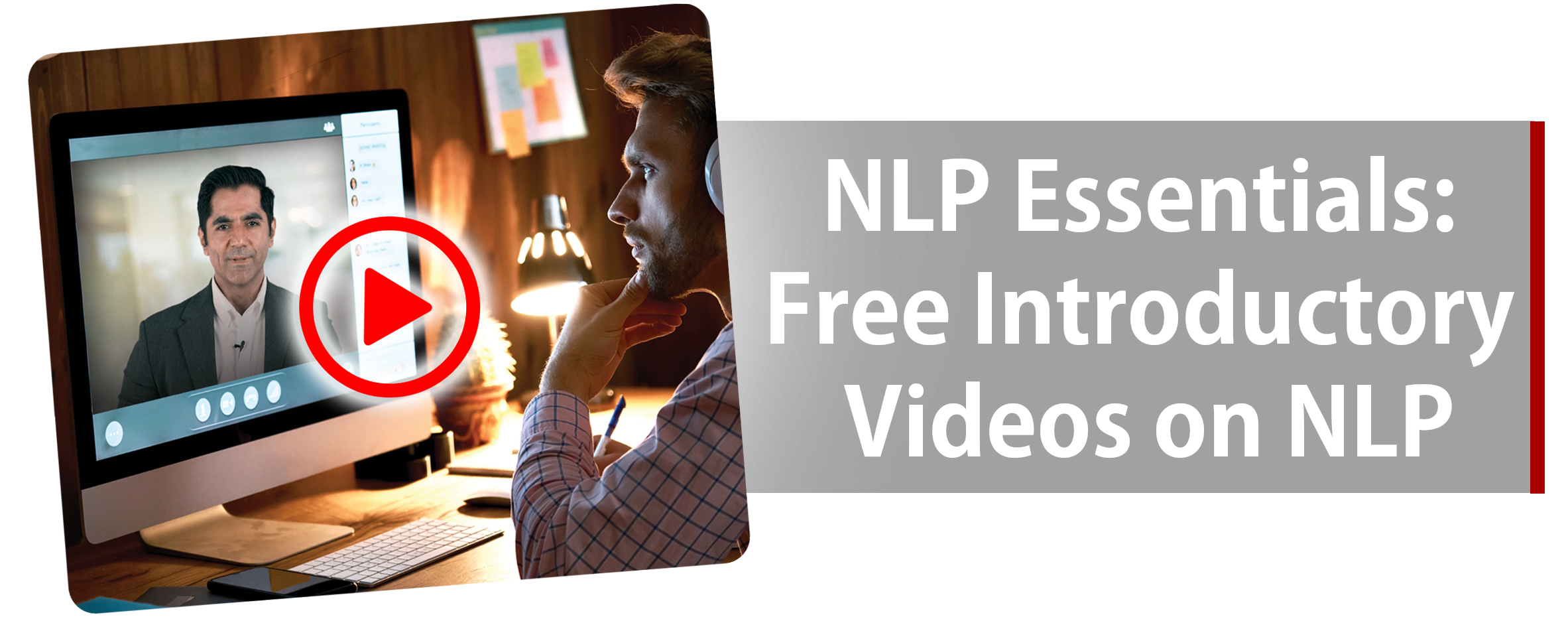
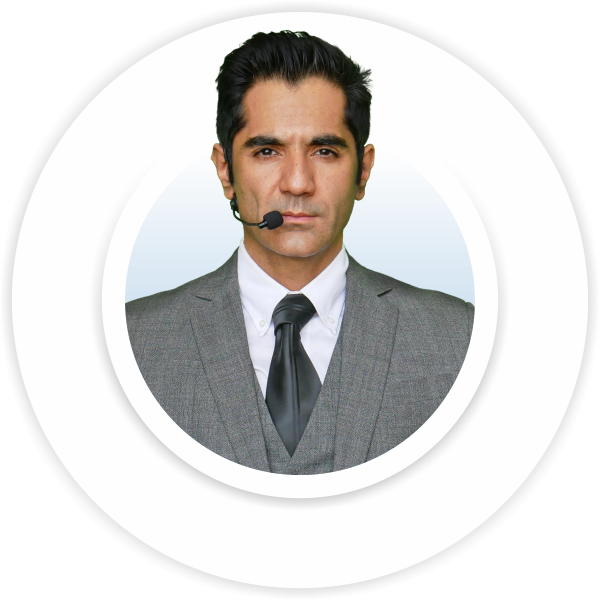
Ravi Bodani / October 22, 2024
Master the Art of Communication:
Unleashing the Power of NLP’s Hierarchy of Ideas
How to Organize Your Thoughts and Communicate Like a Leader
Do you ever feel like your ideas get lost when you’re trying to explain something complex? Or maybe you’ve noticed that some people can captivate an audience effortlessly, while others seem to get bogged down in the details. The difference often lies in how ideas are structured, and in Neuro-Linguistic Programming (NLP), this process is known as the Hierarchy of Ideas.
Ready to unlock your communication potential? In this blog, we’ll explore how understanding and using this powerful tool can help you navigate conversations like a pro, inspire action, and deliver clarity in even the most challenging situations.
What is the Hierarchy of Ideas in NLP?
Imagine you’re driving a car. You don’t just focus on the road right in front of you – sometimes you zoom out to look at the big picture, like finding the best route or checking for upcoming traffic. Other times, you need to zoom in, focusing on details like making a tight turn or parking. The Hierarchy of Ideas works much the same way. It’s all about zooming in and zooming out in conversation: moving from broad, abstract ideas (chunking up) to specific, detailed examples (chunking down) and exploring lateral ideas for creative brainstorming.
This skill helps you:
- Communicate flexibly in different situations.
- Organize your thoughts for clarity.
- Adapt to your audience’s needs, whether they’re looking for the big picture or the specifics.
Why Does the Hierarchy of Ideas Matter?
Let’s put it into context. Think about a meeting with a CEO and a project manager. The CEO may care more about the strategic, high-level vision (the big picture), while the project manager may need the nitty-gritty details to get things done. If you know how to navigate between these levels, you can tailor your message to each person’s needs, making your communication far more effective.
The 3 Steps of Mastering the Hierarchy of Ideas
1. Chunking Up: Zoom Out for Clarity
Chunking up is moving from specifics to the bigger picture. Imagine someone asks, “What’s the purpose of your project?” You would answer by discussing the mission or overall goal.
For example:
- Specific: “I’m working on improving our customer service response time.”
- Chunking Up: “This is part of our overall strategy to enhance customer satisfaction.”
Actionable Tip: Use chunking up to simplify complex ideas. It’s perfect when you need to inspire or motivate others by focusing on the “why” behind your actions.
2. Chunking Down: Zoom In for Detail
Chunking down is moving from the big picture to specific details. It’s the perfect strategy when you need to explain how something works.
For example:
- Big Picture: “We’re focusing on improving customer satisfaction.”
- Chunking Down: “Specifically, we’re reducing response times and increasing the availability of live agents.”
Actionable Tip: Use chunking down when someone asks, “Can you give me more details?” or when you need to clarify exactly how something will be done.
3. Lateral Chunking: Explore Alternatives
Lateral chunking involves brainstorming or looking for related ideas that can offer a fresh perspective. It’s like turning the camera to look at different angles.
For example:
- “If improving customer satisfaction is the goal, we could also focus on improving product quality or offering better training to our staff.”
Actionable Tip: Use lateral chunking when you’re stuck in one perspective and need to explore new possibilities. It’s an excellent tool for problem-solving and creativity.
Real-Life Application: How to Organize Ideas Like a Pro
Let’s say you’re pitching a new product to different stakeholders. With the CEO, you start by chunking up: “This product will strengthen our brand’s market leadership.” Then, with the product development team, you chunk down: “This will require us to upgrade our software and launch within six months.” Finally, when faced with questions about other strategies, you use lateral chunking: “We could also explore partnerships with influencers to increase product awareness.”
By mastering the Hierarchy of Ideas, you become adaptive, engaging, and capable of connecting with anyone — from big-picture thinkers to detail-oriented planners.
Why Mastering This Tool Can Elevate Your Leadership Skills
Great leaders don’t just think at one level – they can shift between abstract and detailed thinking with ease. Using the Hierarchy of Ideas helps you communicate like a leader by:
- Clarifying your vision when speaking to your team.
- Providing actionable details when executing plans.
- Exploring creative alternatives when problem-solving.
Ready to Practice?
Want to become a master communicator? Start practicing this method in your next meeting or conversation. Begin with the big picture, move into specifics, and explore creative alternatives. You’ll find that your conversations become more dynamic and your ideas more compelling.
Final Thoughts: Share Your Experience!
Have you used the Hierarchy of Ideas before? How did it impact your communication? Drop a comment below and let’s start a conversation! If you found this blog helpful, share it with your network – you never know who could benefit from leveling up their communication skills!
Start Your NLP Journey Today!
Are you ready to unlock your hidden potential?
Dive into the world of NLP and discover how it can transform your life.
